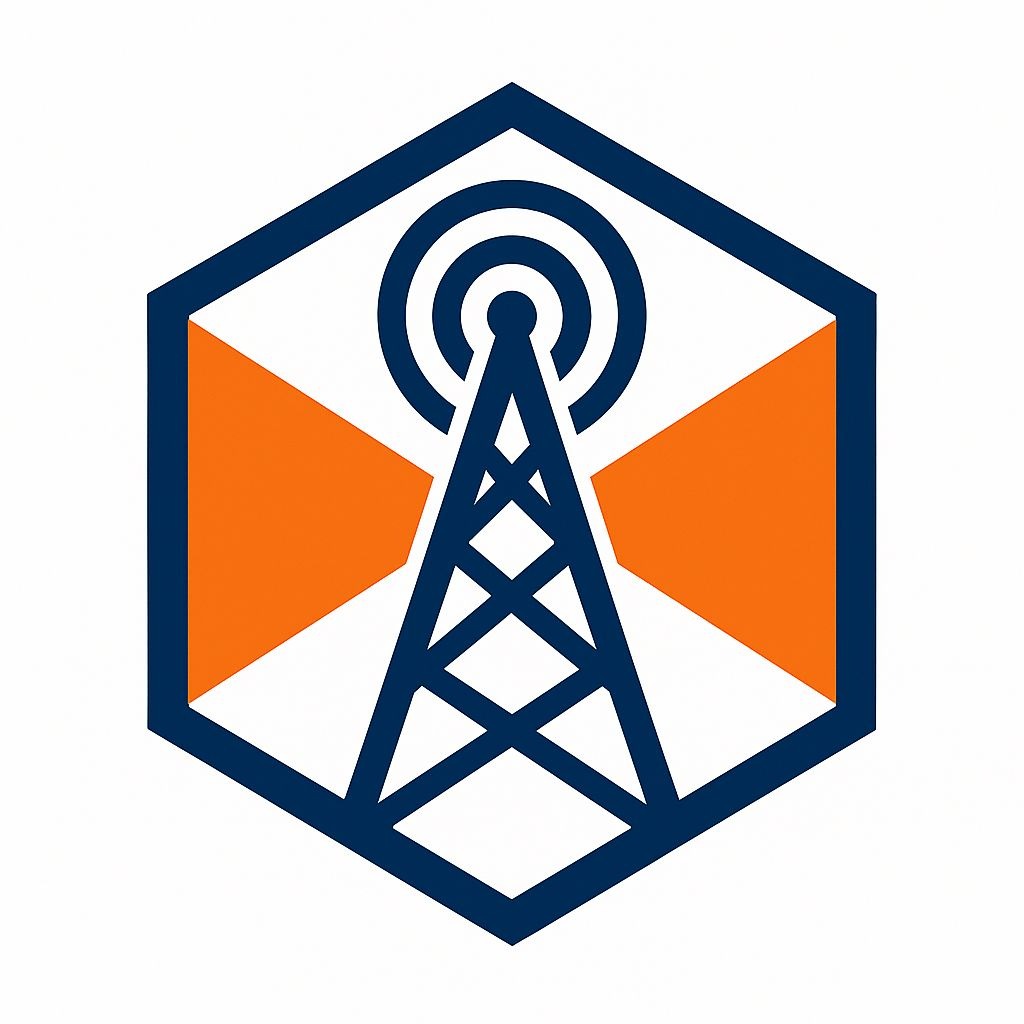
The Coming Rise in Medicare Costs: What You Need to Know
As 2026 approaches, Medicare beneficiaries find themselves facing unprecedented increases in premiums, especially for Medicare Part B and prescription drug plans. Monthly premiums for Part B are projected to escalate from $185 in 2025 to $206.50 in 2026. Meanwhile, Medicare Part D plans could see premiums swell by as much as $50, potentially affecting millions of seniors who rely on these critical health plans. With these changes looming, it’s vital for beneficiaries to engage in a proactive assessment of their healthcare options during the annual open enrollment period, which runs from October 15 to December 7.
Understanding the Importance of Open Enrollment
This year’s open enrollment period is being dubbed as “the most important in Medicare's 60-year history” by experts in the field, such as Melinda Caughill from 65 Incorporated. The sharp rise in costs, combined with many private insurers exiting the market, means that evaluating your current plan is not just recommended—it’s imperative. Failure to review your options could lead to unnecessary financial strain as you navigate rising healthcare costs.
Your Checklist for Open Enrollment: Don’t Miss These Steps
1. **Annual Notice of Change (ANOC)**: Beneficiaries should carefully read their ANOC, which outlines changes in premiums, provider networks, and drug coverage for the upcoming year. Missing this information could lead to unexpected costs in 2026.
2. **Prescription Drug Coverage**: The biggest pitfall seniors face is neglecting to reassess their prescription drug plans. To avoid losing coverage for essential medications, beneficiaries must verify that their prescriptions are still covered and examine any new cost-sharing implications.
3. **Provider Networks**: For those enrolled in Medicare Advantage plans, checking whether your current providers are still in your plan's network is critical. Given that insurance companies are scaling back offerings, ensuring your healthcare providers and hospital choices remain within your plan can prevent costly out-of-network fees.
Strategies to Counter Rising Costs
In light of these rising costs, here are some proactive strategies to consider:
- **Switch Plans When Necessary**: Open enrollment is the only time beneficiaries can change their Medicare coverage without penalty. If your current supplemental plan does not suit your needs, this is the time to shop around for potentially lower premiums or better coverage.
- **Examine Your Healthcare Needs**: Review how you've used your healthcare over the past year. If your health needs are changing, a different plan may be more beneficial. Many times, beneficiaries are paying for coverage options that they no longer need.
Finding Additional Support
Low- and moderate-income beneficiaries may qualify for programs that can significantly alleviate some of these rising costs. Medicare Savings Programs and Extra Help for Part D coverage can lower out-of-pocket expenses and ease the financial burden many seniors are facing during these challenging economic times.
Be Proactive: Make Changes Before December 7
With significant premium changes already on the horizon, acting now can set you up for savings rather than financial distress in the new year. Use the Medicare Plan Finder tool on Medicare.gov to compare and analyze your options carefully. The clock is ticking—once the enrollment period closes on December 7, you’ll have to wait until next year to make any changes.
By understanding your choices and actively managing your Medicare coverage, you can effectively control your healthcare spending and enhance your financial well-being during these turbulent times.
 Add Row
Add Row  Add
Add 




Write A Comment